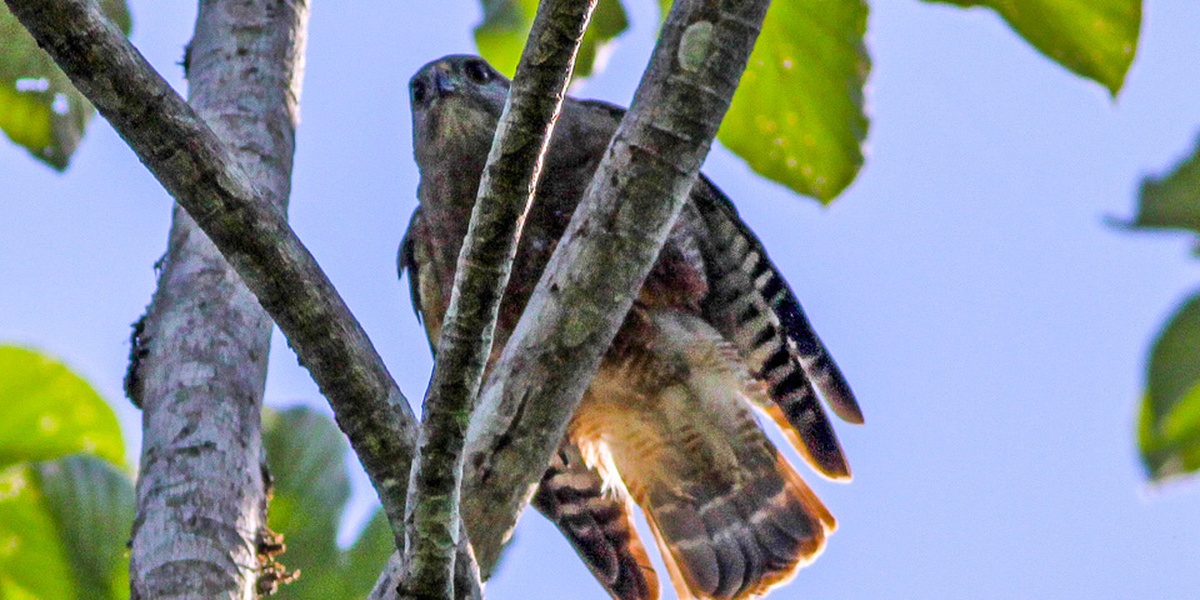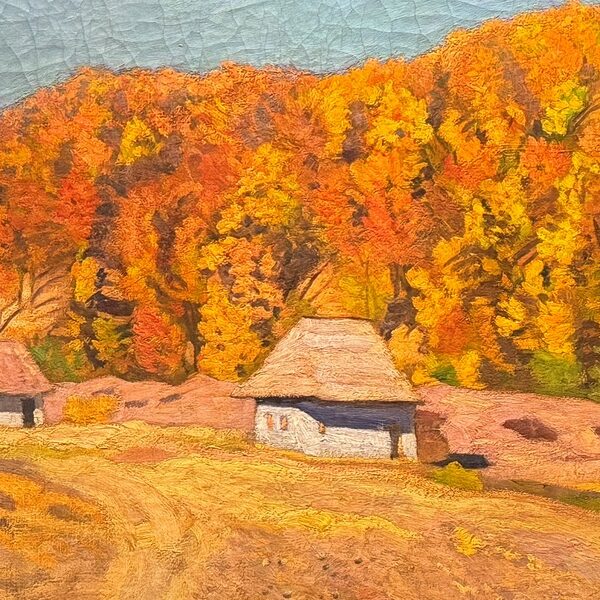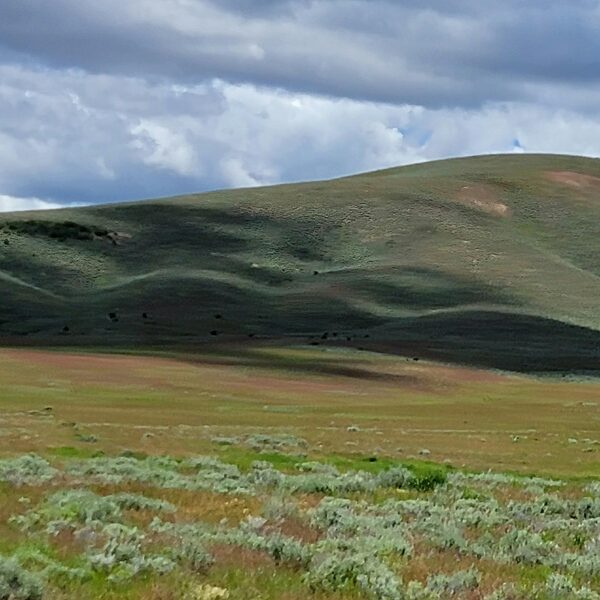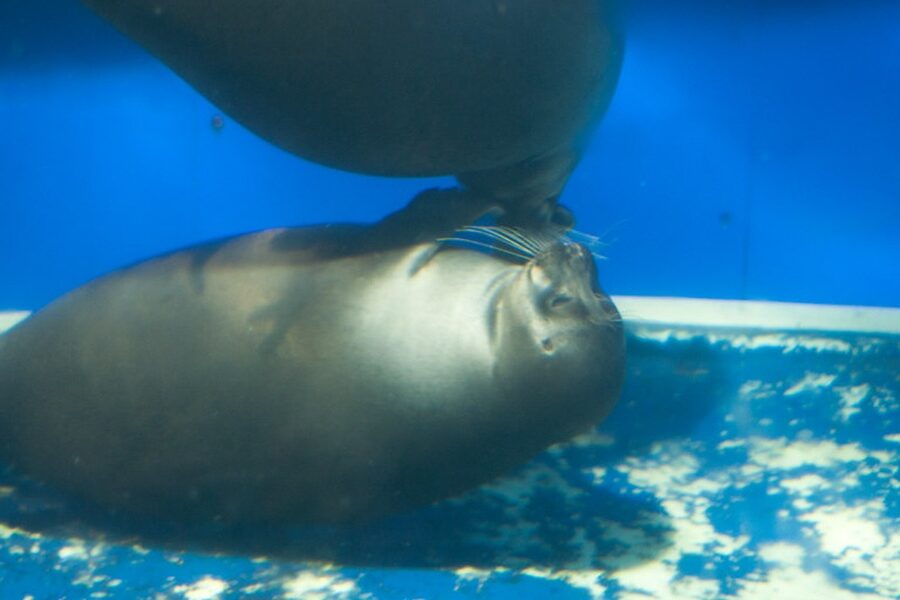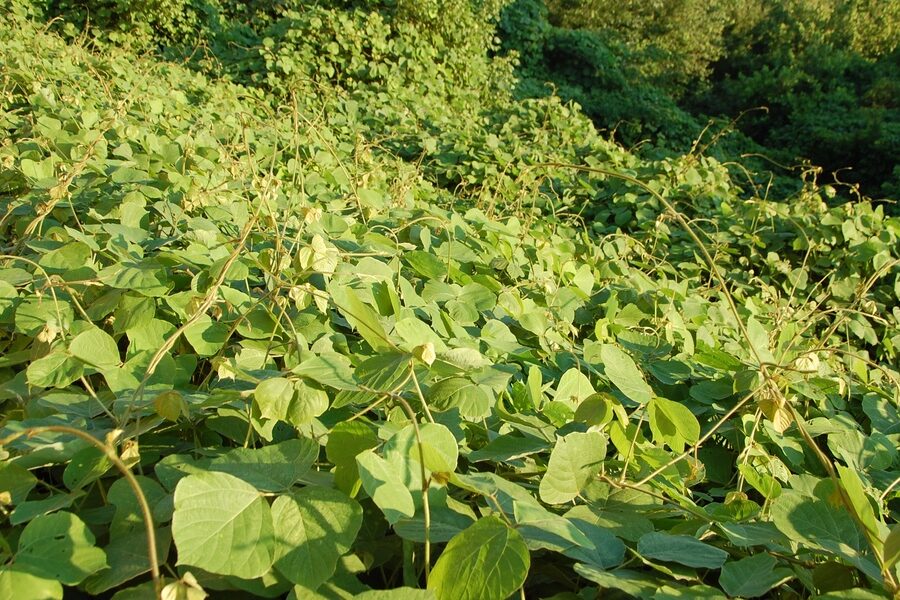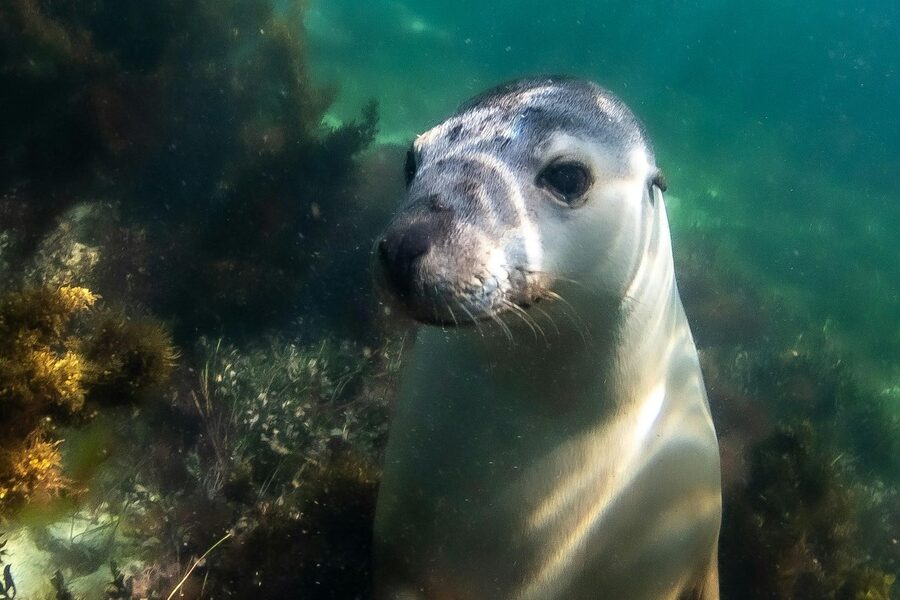The Dominican Republic, a jewel in the heart of the Caribbean, is celebrated not just for its breathtaking beaches and lively culture, but also for its exceptionally rich biodiversity. As an island nation, its geological isolation has created unique evolutionary pathways, resulting in a fascinating array of life found nowhere else on Earth.
This list delves into these extraordinary creatures, highlighting 12 Animals Only Found in the Dominican Republic. From the nimble Bahoruco Anole to the slender Valle de Neiba Twig Anole, you’ll discover species that showcase the island’s unique ecological heritage. For each, we’ve provided its Scientific Name, typical Habitat, and current Conservation Status in the comprehensive details you’ll find below.
Why are there so many unique animals in the Dominican Republic?
The high number of endemic species in the Dominican Republic is primarily due to its island geography and long-term isolation. Islands act as natural laboratories for evolution, allowing species to adapt and diversify without genetic mixing from mainland populations. Coupled with the island’s diverse microclimates and habitats, from dry forests to cloud forests and coastal areas, this isolation has fostered a remarkable number of species that are truly one-of-a-kind.
Are these unique Dominican Republic animals endangered?
Unfortunately, many of the Dominican Republic’s endemic animals face significant conservation challenges. Habitat loss due to deforestation and agricultural expansion, the impact of invasive species, pollution, and the growing effects of climate change all threaten these fragile populations. Conservation efforts are crucial to protect these irreplaceable species and their habitats for future generations.
Animals Only Found in the Dominican Republic
| Common Name | Scientific Name | Habitat | Conservation Status |
|---|---|---|---|
| Ridgway’s Hawk | Buteo ridgwayi | Lowland and broadleaf forests, primarily in Los Haitises National Park | Critically Endangered |
| Jaragua Sphaero | Sphaerodactylus ariasae | Dry forests and leaf litter of Jaragua National Park and Beata Island | Critically Endangered |
| Greta’s Glass Frog | Hyalinobatrachium grayae | Cloud forests and mountain streams of the Sierra de Bahoruco | Data Deficient |
| Pico Duarte Anole | Anolis shrevei | High-altitude pine forests above 1,800 meters in the Cordillera Central | Vulnerable |
| Samaná Least Gecko | Sphaerodactylus samanensis | Leaf litter in the humid forests of the Samaná Peninsula | Critically Endangered |
| Barahona Leaf-toed Gecko | Phyllodactylus barahonae | Arid scrubland and dry forests of the Barahona Peninsula | Endangered |
| Valle de Neiba Twig Anole | Anolis insolitus | Montane broadleaf and cloud forests of the Sierra de Neiba | Endangered |
| Bahoruco Anole | Anolis bahorucoensis | Montane forests and coffee plantations in the Sierra de Bahoruco | Least Concern |
| Bahoruco Calisto | Calisto bahoruco | High-elevation pine and cloud forests of the Sierra de Bahoruco | Not Assessed |
| Pico Duarte Calisto | Calisto galii | High-altitude grasslands and pine forests near Pico Duarte | Not Assessed |
| Neiba Calisto | Calisto neiba | Montane forests of the Sierra de Neiba | Not Assessed |
| Samaná Land Snail | Abbottella samanensis | Limestone hills and humid forests of the Samaná Peninsula | Not Assessed |
Images and Descriptions
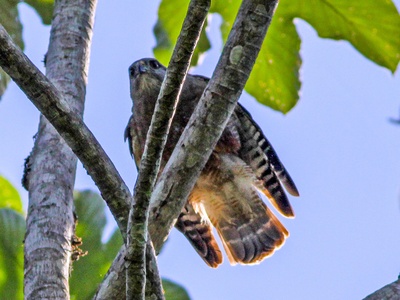
Ridgway’s Hawk
One of the world’s most endangered raptors, this majestic hawk’s last viable wild population now survives almost exclusively within the Dominican Republic due to intensive conservation efforts against habitat loss and persecution.
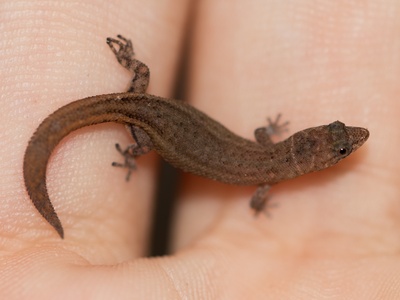
Jaragua Sphaero
One of the smallest known reptiles in the world, this minuscule gecko measures only about 16 millimeters long. It could comfortably curl up on a small coin, highlighting the unique micro-endemism of the region.
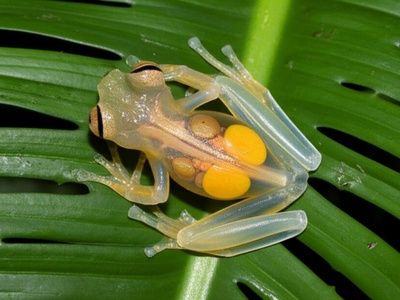
Greta’s Glass Frog
Discovered in 2022, this remarkable frog has translucent skin on its underside, allowing a clear view of its internal organs. It is named in honor of environmental activist Greta Thunberg and is a symbol of hidden biodiversity.
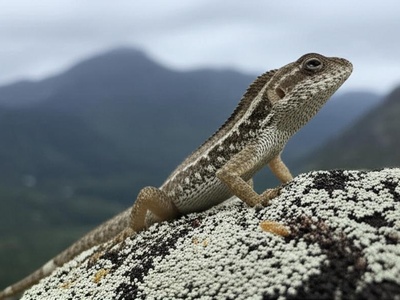
Pico Duarte Anole
This unique ‘chamaeleon anole’ is adapted to the cold, high-altitude climate of the Dominican Alps. It has the remarkable ability to change its skin color from nearly black to pale gray to regulate its body temperature.
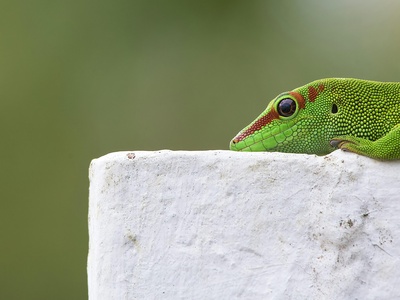
Samaná Least Gecko
This tiny gecko is found only on the Samaná Peninsula. Its extreme localization makes it highly susceptible to habitat destruction from agriculture and tourism development in this popular coastal region.
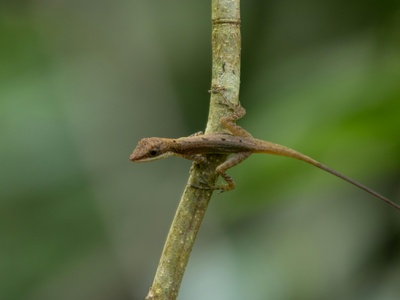
Barahona Leaf-toed Gecko
A small, nocturnal gecko perfectly adapted to the dry, hot climate of the country’s southwest. It is threatened by agricultural expansion and charcoal production, which destroy its specialized habitat.
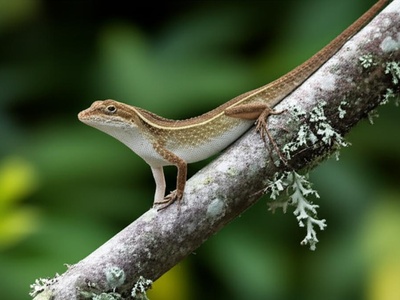
Valle de Neiba Twig Anole
A slender, slow-moving lizard that masterfully camouflages itself as a twig. It is an ambush predator, waiting patiently for insects to pass by. Its survival depends on the preservation of its specific mountain forest home.
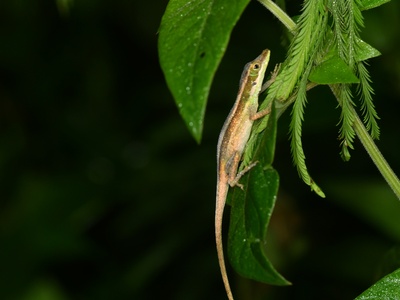
Bahoruco Anole
A robust lizard known for the large, colorful dewlap (throat fan) that males display to attract mates and defend territory. It is a common sight in the cool, shaded forests of the southern mountains.

Bahoruco Calisto
A small, brown butterfly belonging to a genus that has diversified remarkably across Hispaniola. This species is restricted to the high peaks of the Bahoruco mountains, fluttering in the cool, misty air.
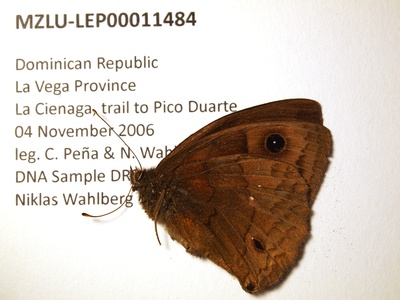
Pico Duarte Calisto
This hardy butterfly is a true high-altitude specialist, found only near the highest peaks of the Caribbean in the Cordillera Central. Its existence is a testament to the unique sky-island ecosystems of the Dominican Republic.
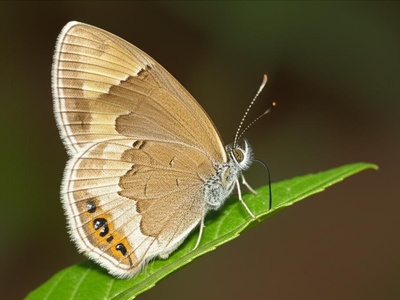
Neiba Calisto
Confined to the isolated Sierra de Neiba mountain range, this butterfly is another example of hyper-local evolution. Each mountain range in the DR hosts its own unique set of Calisto species.
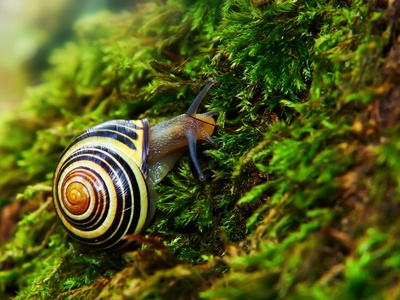
Samaná Land Snail
A small, terrestrial snail uniquely adapted to the limestone karst landscape of its peninsula home. Land snails like this are excellent indicators of forest health but are often overlooked in conservation efforts.
